We usually think about mortality in terms of events that happened, because it’s easier to count deaths and who survived a condition after they had it. Hank Green turns attention to celebrating the deaths that did not occur and the diseases fewer people contracted because of prevention measures years prior.
In 1963, the US passed the Clean Air Act and in 1990, we passed the Clean Air Act amendments. The EPA estimates that in 2020, just the 1990 amendments saved 230,000 lives. Hundreds of thousands of people who just kept on living, who didn’t have a heart attack or a stroke or an asthma attack or a lung cancer diagnosis. They never knew they were in danger. No one knows which of the people they are. There’s no party. There’s no parade. There’s just people who aren’t dead.

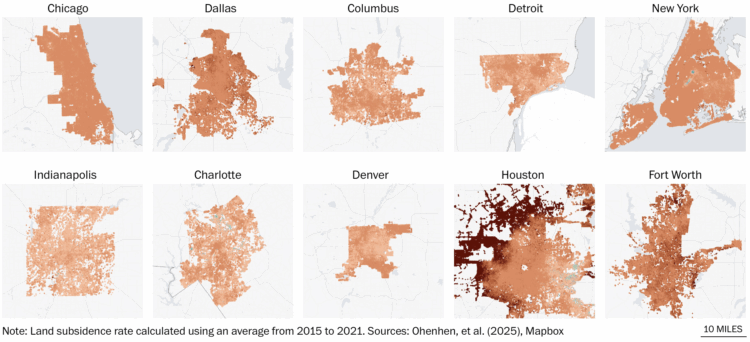
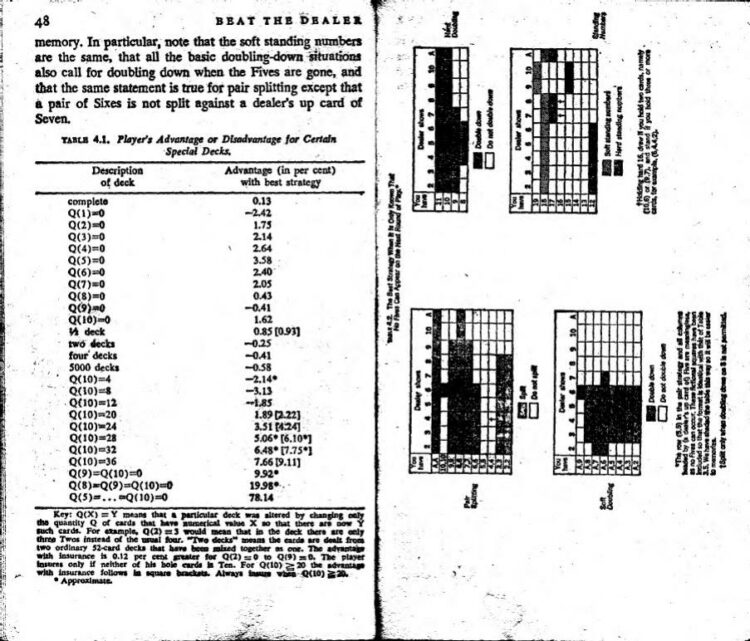
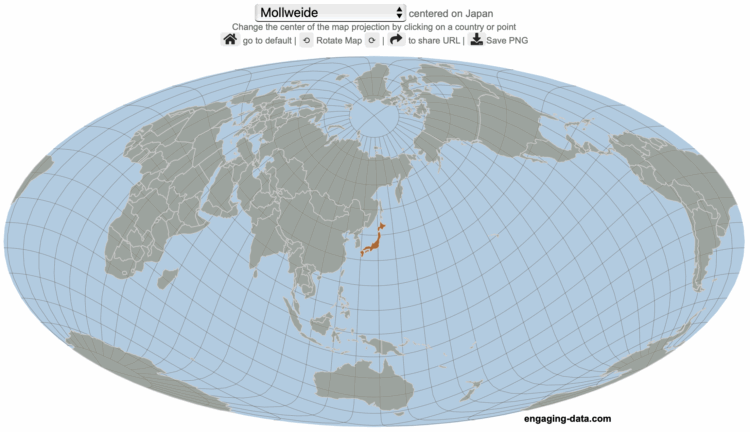

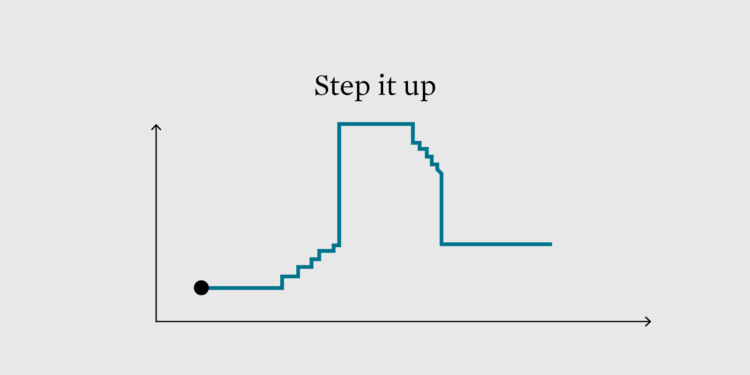
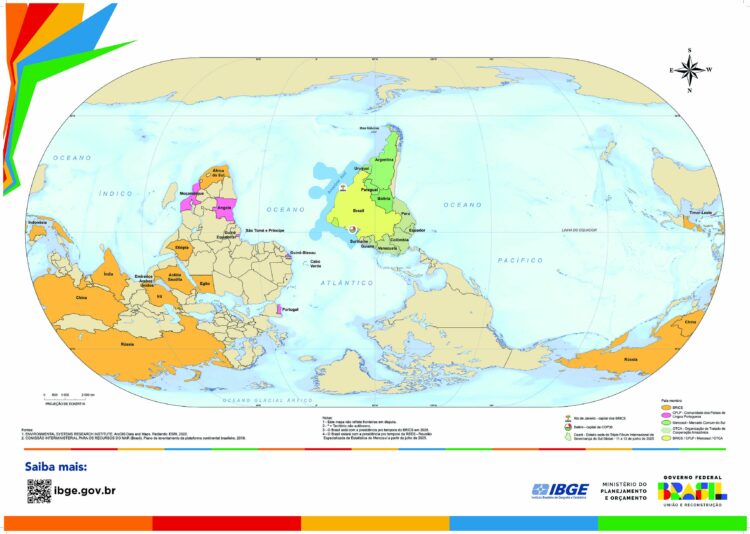
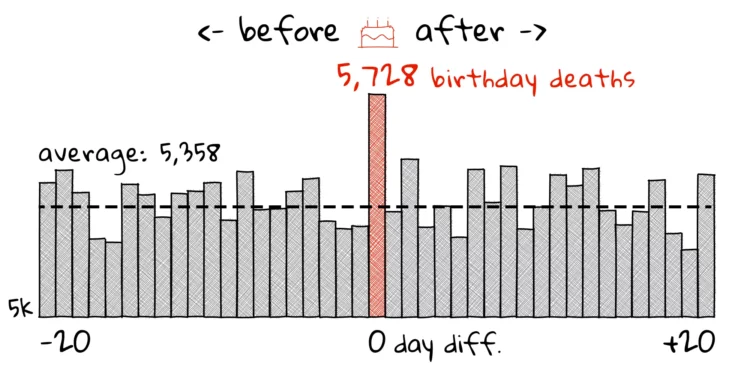
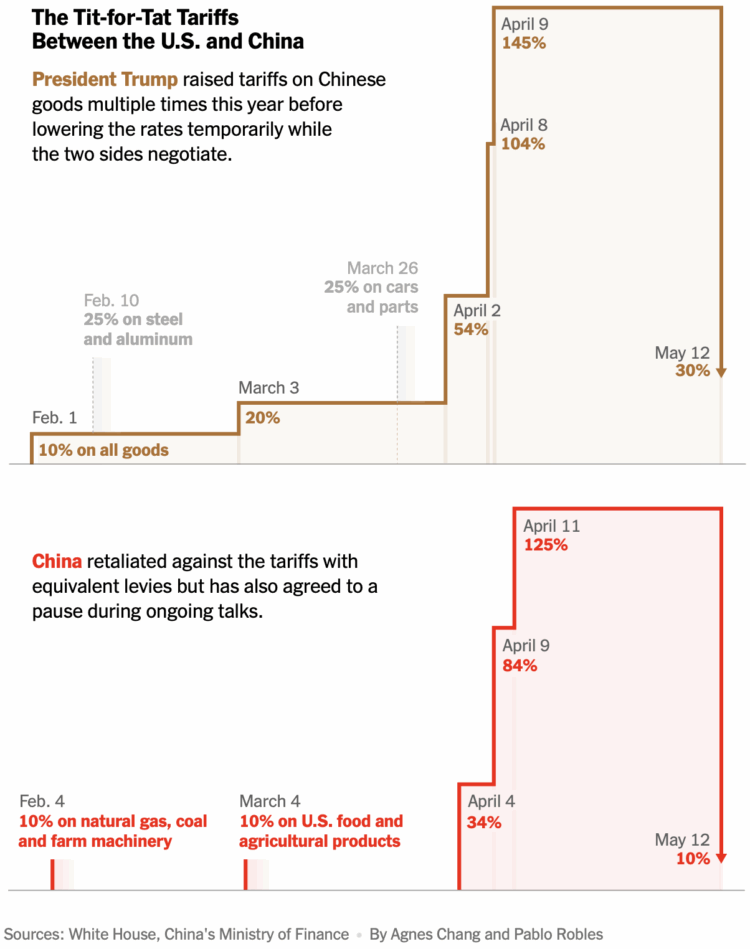

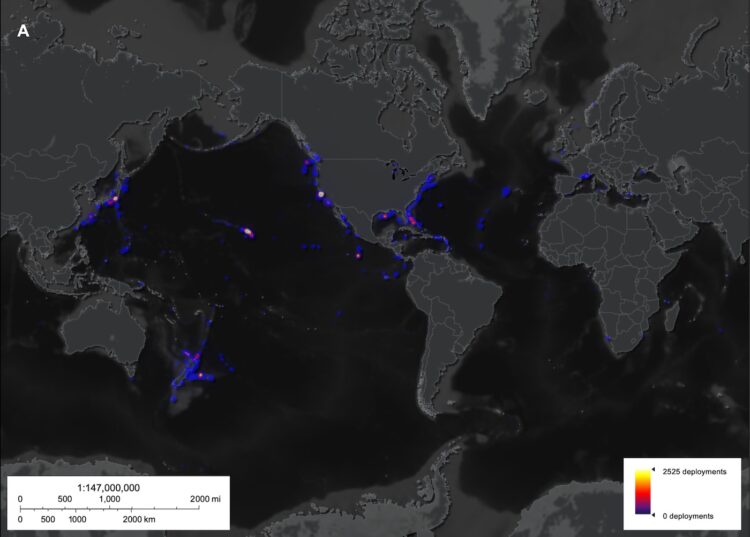
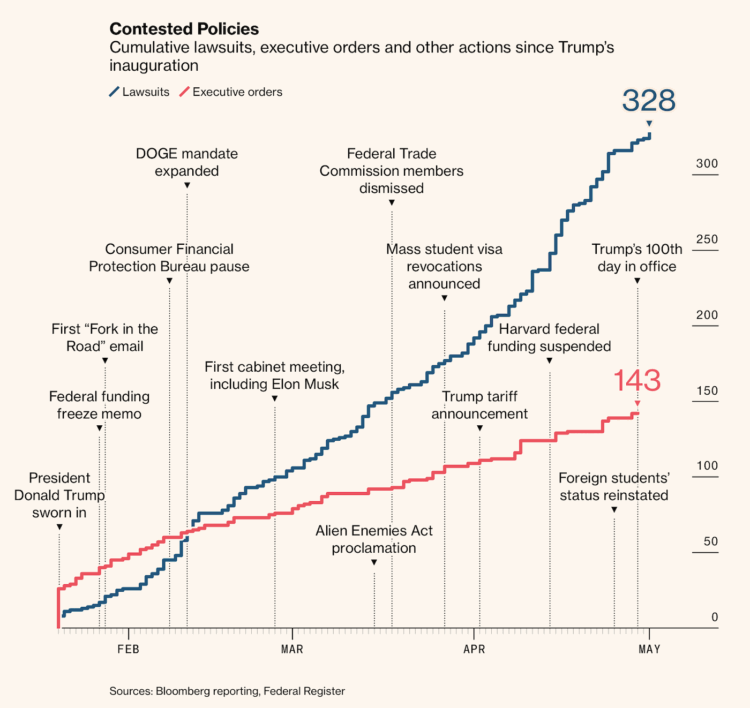
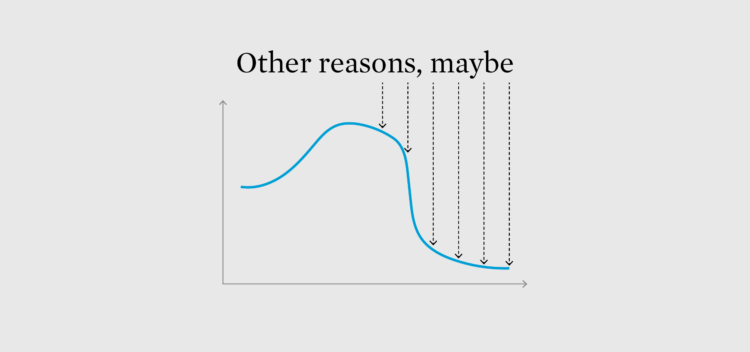
 Visualize This: The FlowingData Guide to Design, Visualization, and Statistics
Visualize This: The FlowingData Guide to Design, Visualization, and Statistics










